Homemade cat food can be a healthier and more personalized option for your feline friend. It allows you to control the ingredients, ensuring that your cat receives high-quality nutrients without unnecessary fillers or preservatives. This post will share ten vet-approved homemade cat food recipes that are both healthy and tasty, providing essential nutrients to keep your cat in optimal health.
Feeding your cat homemade food has several benefits. You can avoid harmful additives and preservatives found in commercial cat foods. Additionally, you can tailor each meal to meet your cat’s specific dietary needs, whether they require a high-protein diet or have food sensitivities.
10 Homemade Cat Food Recipes
Recipe 1: Chicken and Rice (Healthy and Vet-Approved)
Ingredients:
- 1 cup cooked chicken breast, chopped
- 1/4 cup cooked rice
- 1/4 cup cooked peas and carrots
- 1/2 cup chicken broth
Instructions:
- Combine the chopped chicken, cooked rice, and vegetables in a bowl.
- Add chicken broth to the mixture to enhance flavor and moisture.
- Mix well and serve at room temperature.
This simple recipe is easy to prepare and ensures that your cat gets a balanced diet with protein and essential nutrients. It’s an excellent choice for a homemade cat food option. Chicken is a lean protein that helps build muscle, while rice and vegetables provide essential vitamins and minerals.
Recipe 2: Beef and Cottage Cheese (Nutritious and Tasty)
Ingredients:
- 1 cup cooked ground beef
- 1/2 cup cottage cheese
- 1/4 cup cooked carrots, chopped
- 1/4 cup cooked brown rice
Instructions:
- Mix the cooked ground beef with cottage cheese.
- Add the chopped carrots and cooked brown rice.
- Stir until well combined and serve at room temperature.
This recipe provides a delicious and nutritious meal, rich in protein and vitamins. It is one of the best cheap cat food options you can make at home. Beef is rich in iron and zinc, while cottage cheese offers calcium and additional protein. The carrots and brown rice supply fiber and essential nutrients.
Recipe 3: Fish and Vegetable Medley (For Kidney Health)
Ingredients:
- 1 cup cooked salmon, flaked
- 1/2 cup cooked quinoa
- 1/4 cup steamed green beans, chopped
- 1 tbsp fish oil
Instructions:
- Flake the cooked salmon and mix it with cooked quinoa.
- Add chopped green beans and fish oil.
- Stir well and serve.
This kidney-friendly recipe is high in omega-3 fatty acids and essential nutrients, supporting your cat’s overall health. This homemade cat food is also beneficial for cats needing to gain weight. Salmon is a great source of protein and healthy fats, while quinoa is a high-protein grain. Green beans add fiber and vitamins.
Recipe 4: Turkey and Squash Meatballs
Ingredients:
- 1 cup ground turkey
- 1/2 cup cooked squash, mashed
- 1/4 cup oatmeal
- 1 egg, beaten
Instructions:
- Preheat the oven to 350°F (175°C).
- Combine ground turkey, mashed squash, oatmeal, and beaten egg in a bowl.
- Form the mixture into small meatballs and place on a baking sheet.
- Bake for 15-20 minutes or until cooked through.
- Let cool before serving.
These meatballs are perfect as a treat or a main meal, especially for kittens. This homemade kitten food is nutritious and easy to prepare. Turkey is a lean protein, while squash provides vitamins and minerals. Oatmeal adds fiber, making this a balanced meal.
Recipe 5: Sardine Omelette
Ingredients:
- 1 can sardines in water, drained
- 2 eggs, beaten
- 1 tbsp chopped parsley (optional)
Instructions:
- Drain the sardines and mash them with a fork.
- Beat the eggs and mix in the mashed sardines and parsley.
- Cook the mixture in a non-stick pan over medium heat until the eggs are set.
- Let cool before serving.
This sardine omelette is rich in omega-3 fatty acids and protein, making it a nutritious meal for your cat. It’s a perfect recipe for those wondering how to cook chicken for cats, as the technique is similar. Sardines are packed with nutrients like omega-3 fatty acids, which promote healthy skin and coat, while eggs provide high-quality protein.
Recipe 6: Raw Chicken and Salmon
Ingredients:
- 1 cup raw chicken breast, chopped
- 1/2 cup raw salmon, chopped
- 1/4 cup grated carrot
- 1 tbsp flaxseed oil
Instructions:
- Combine the raw chicken and salmon in a bowl.
- Add grated carrot and flaxseed oil.
- Mix well and serve immediately or refrigerate for later use.
This raw food recipe provides high-quality protein and essential fats, suitable for a raw food diet for cats. Raw food recipes for cats like this one are increasingly popular for their health benefits. Raw chicken and salmon are excellent sources of protein, while carrots provide fiber and vitamins. Flaxseed oil adds omega-3 fatty acids for overall health.
Recipe 7: Lamb and Asparagus
Ingredients:
- 1 cup cooked lamb, chopped
- 1/2 cup cooked asparagus, chopped
- 1/4 cup cooked barley
- 1 tbsp olive oil
Instructions:
- Mix the chopped lamb, asparagus, and cooked barley in a bowl.
- Add olive oil to enhance flavor and moisture.
- Serve at room temperature.
This lamb and asparagus recipe is packed with nutrients and easy to prepare. It’s a great example of home cooked cat food recipes that are both healthy and delicious. Lamb is rich in protein and essential amino acids, while asparagus provides vitamins and minerals. Barley is a good source of fiber and carbohydrates.
Recipe 8: Turkey and Brown Rice
Ingredients:
- 1 cup cooked turkey, chopped
- 1/2 cup cooked brown rice
- 1/4 cup steamed broccoli, chopped
- 1/4 cup turkey broth
Instructions:
- Combine the chopped turkey, cooked brown rice, and broccoli in a bowl.
- Add turkey broth to the mixture.
- Mix well and serve.
This balanced recipe is affordable and provides a nutritious meal for your cat. It’s an ideal choice for homemade food for cats on a budget. Turkey is a lean protein source, while brown rice and broccoli add fiber, vitamins, and minerals. Turkey broth enhances the flavor and moisture of the dish.
Recipe 9: Pork and Organ Mix
Ingredients:
- 1 cup cooked pork, chopped
- 1/4 cup cooked liver, chopped
- 1/4 cup cooked kidney, chopped
- 1/2 cup cooked rice
Instructions:
- Combine the chopped pork, liver, and kidney in a bowl.
- Add cooked rice and mix well.
- Serve at room temperature.
This recipe includes organ meats, providing essential nutrients for your cat. It’s one of the best homemade cat food recipes for a balanced diet. Pork and organ meats are rich in protein and essential vitamins and minerals, making this a nutrient-dense meal for your cat.
Recipe 10: Chicken Liver and Eggs
Ingredients:
- 1 cup cooked chicken liver, chopped
- 2 eggs, boiled and chopped
- 1/4 cup cooked peas
Instructions:
- Mix the chopped chicken liver, eggs, and peas in a bowl.
- Serve immediately or refrigerate for later use.
This high-protein recipe is perfect for cats needing to gain weight. It’s also a great way to provide homemade cat food to your feline friend. Chicken liver is rich in nutrients like iron and vitamin A, while eggs provide high-quality protein. Peas add fiber and essential vitamins.
Tips for Preparing Homemade Cat Food
When preparing homemade cat food, it’s important to follow a few key guidelines to ensure that your cat receives a balanced diet. Here are some tips:
- Consult with Your Veterinarian: Always consult with your veterinarian before making any changes to your cat’s diet. They can help you determine the best recipes and ingredients for your cat’s specific needs.
- Use High-Quality Ingredients: Choose fresh, high-quality ingredients for your cat’s meals. Avoid processed foods and artificial additives.
- Balance Protein and Carbohydrates: Ensure that your cat’s diet includes a balance of protein and carbohydrates. Cats are obligate carnivores, meaning they require a diet high in animal protein.
- Include Essential Nutrients: Make sure to include essential nutrients in your cat’s diet, such as taurine, omega-3 fatty acids, and vitamins. These nutrients are crucial for your cat’s health and well-being.
- Monitor Portion Sizes: Pay attention to portion sizes to avoid overfeeding or underfeeding your cat. Your veterinarian can help you determine the appropriate portion sizes for your cat’s age, weight, and activity level.
- Store Food Properly: Store homemade cat food in airtight containers in the refrigerator or freezer. Make sure to use the food within a few days if refrigerated, or within a few months if frozen.
Frequently Asked Questions
Q: How often should I feed my cat homemade food? A: It depends on your cat’s dietary needs and your veterinarian’s recommendations. Generally, you can feed your cat homemade food once or twice a day, but it’s important to consult with your veterinarian to determine the best feeding schedule.
Q: Can I switch my cat’s diet to homemade food immediately? A: It’s best to transition your cat’s diet gradually to avoid digestive issues. Start by mixing a small amount of homemade food with your cat’s regular food and gradually increase the amount over a week or two.
Q: Are there any ingredients I should avoid in homemade cat food? A: Yes, avoid ingredients that are toxic to cats, such as onions, garlic, chocolate, grapes, and raisins. Also, avoid using too much salt or any artificial additives.
Q: Can I use supplements in homemade cat food? A: Yes, supplements can help ensure that your cat receives all the essential nutrients. Consult with your veterinarian to determine which supplements are necessary for your cat’s diet.
Q: How can I tell if my cat likes the homemade food? A: Observe your cat’s eating habits and monitor their weight and overall health. If your cat seems to enjoy the food and maintains a healthy weight, it’s a good sign that they like the homemade food.
Conclusion
These 10 Homemade Cat Food Recipes allows you to provide high-quality, nutritious meals for your feline friend. These vet-approved recipes ensure that your cat receives essential nutrients while enjoying tasty meals. Always consult with your veterinarian before use.

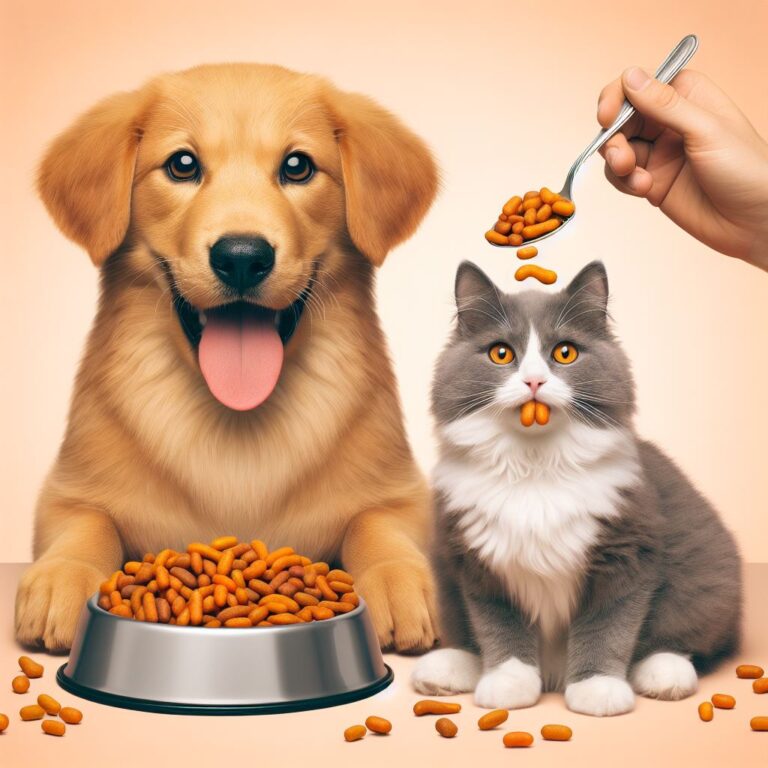
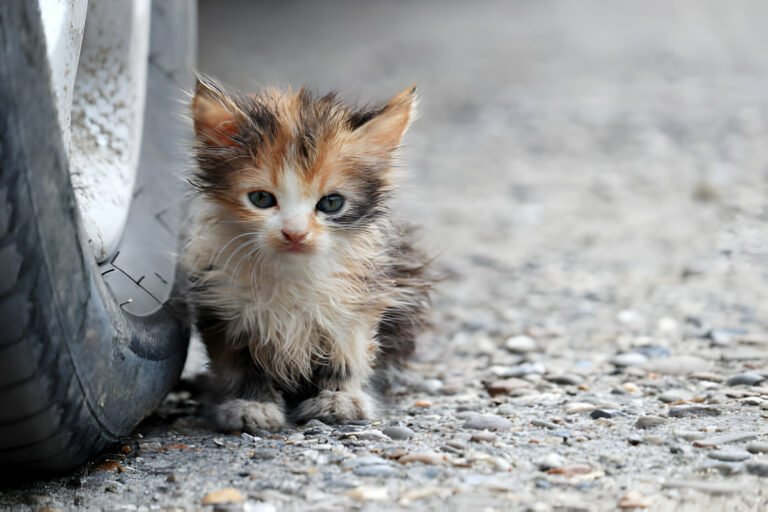
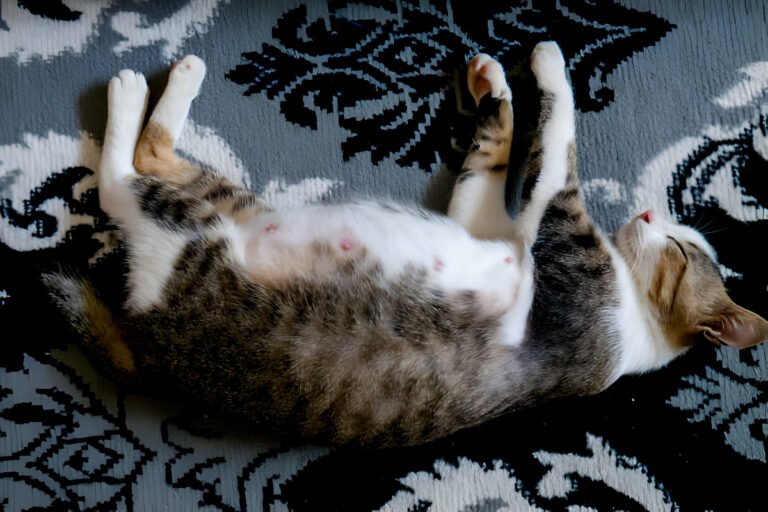
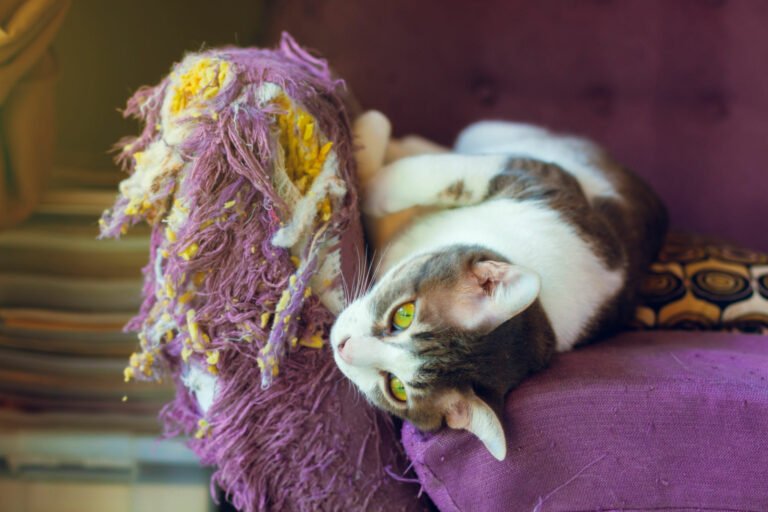



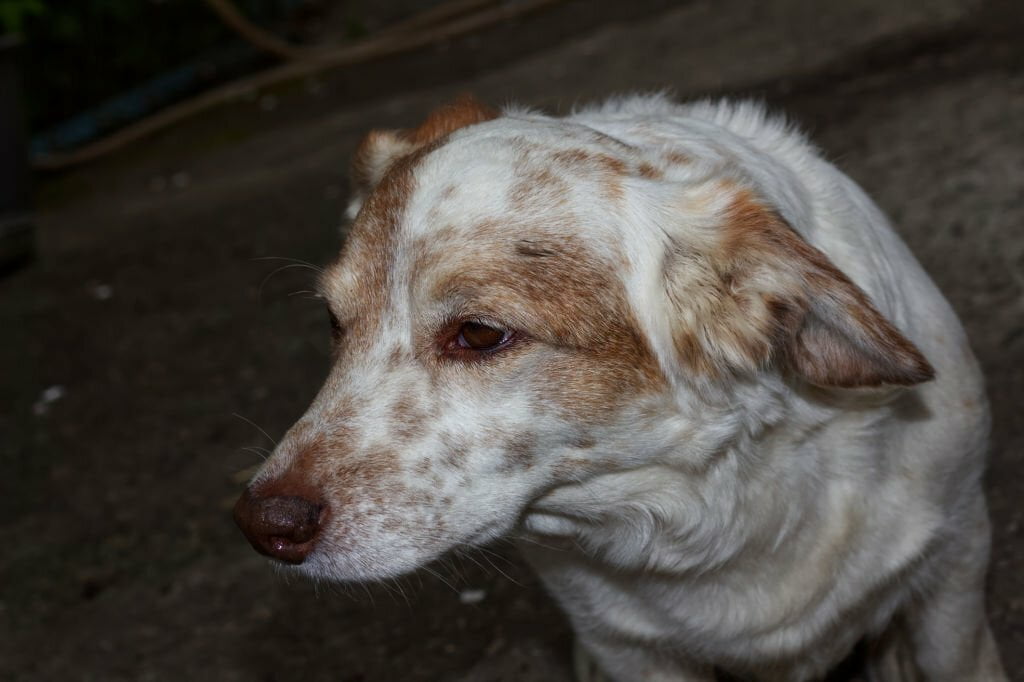 Recognizing the signs of an upset stomach in your dog is crucial for timely intervention. Dogs may display symptoms such as vomiting, diarrhea, excessive drooling, lethargy, or a lack of appetite. This section delves into each symptom, offering detailed insights into the potential causes and severity of these signs, empowering you to assess your dog’s condition accurately.
Recognizing the signs of an upset stomach in your dog is crucial for timely intervention. Dogs may display symptoms such as vomiting, diarrhea, excessive drooling, lethargy, or a lack of appetite. This section delves into each symptom, offering detailed insights into the potential causes and severity of these signs, empowering you to assess your dog’s condition accurately.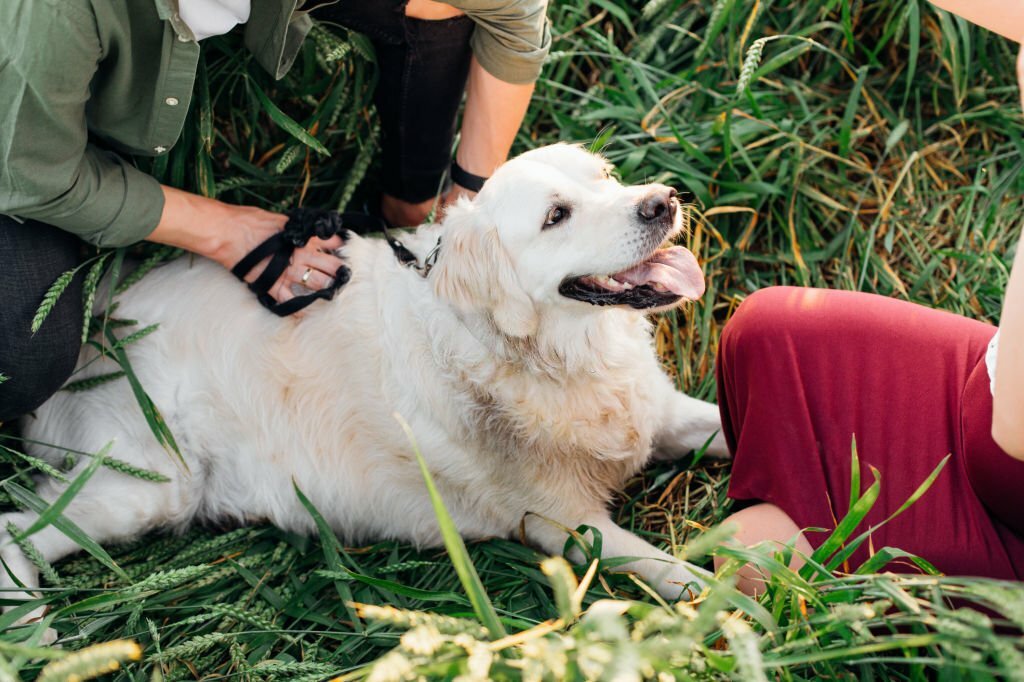 Consider the impact of your dog’s environment on their digestive health. This section discusses potential environmental triggers, such as changes in routine or exposure to new stimuli, and how adjusting their diet in response to these factors can contribute to digestive comfort.
Consider the impact of your dog’s environment on their digestive health. This section discusses potential environmental triggers, such as changes in routine or exposure to new stimuli, and how adjusting their diet in response to these factors can contribute to digestive comfort. 
 Before bringing your new canine companion home, it’s crucial to make adequate preparations. This chapter covers everything from selecting the right breed for your lifestyle to puppy-proofing your living space. Understanding the responsibilities that come with dog ownership is key to building a strong foundation for a lasting bond.
Before bringing your new canine companion home, it’s crucial to make adequate preparations. This chapter covers everything from selecting the right breed for your lifestyle to puppy-proofing your living space. Understanding the responsibilities that come with dog ownership is key to building a strong foundation for a lasting bond.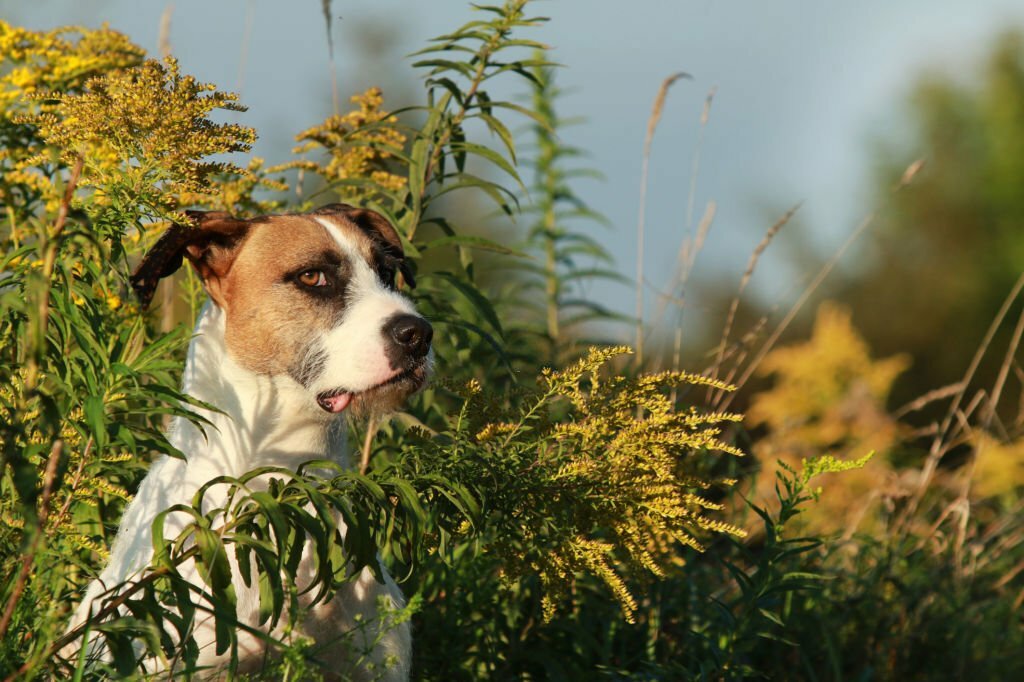 Dogs thrive when their environment is stimulating and engaging. In this chapter, we explore ways to enrich your dog’s surroundings, both indoors and outdoors. From puzzle toys and DIY agility courses to creating a dog-friendly garden, discover how to keep your canine companion mentally and physically active, promoting a healthy and happy lifestyle.
Dogs thrive when their environment is stimulating and engaging. In this chapter, we explore ways to enrich your dog’s surroundings, both indoors and outdoors. From puzzle toys and DIY agility courses to creating a dog-friendly garden, discover how to keep your canine companion mentally and physically active, promoting a healthy and happy lifestyle.